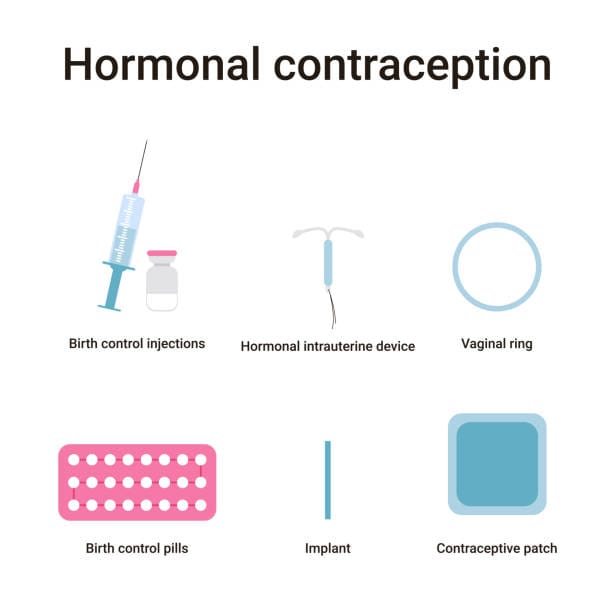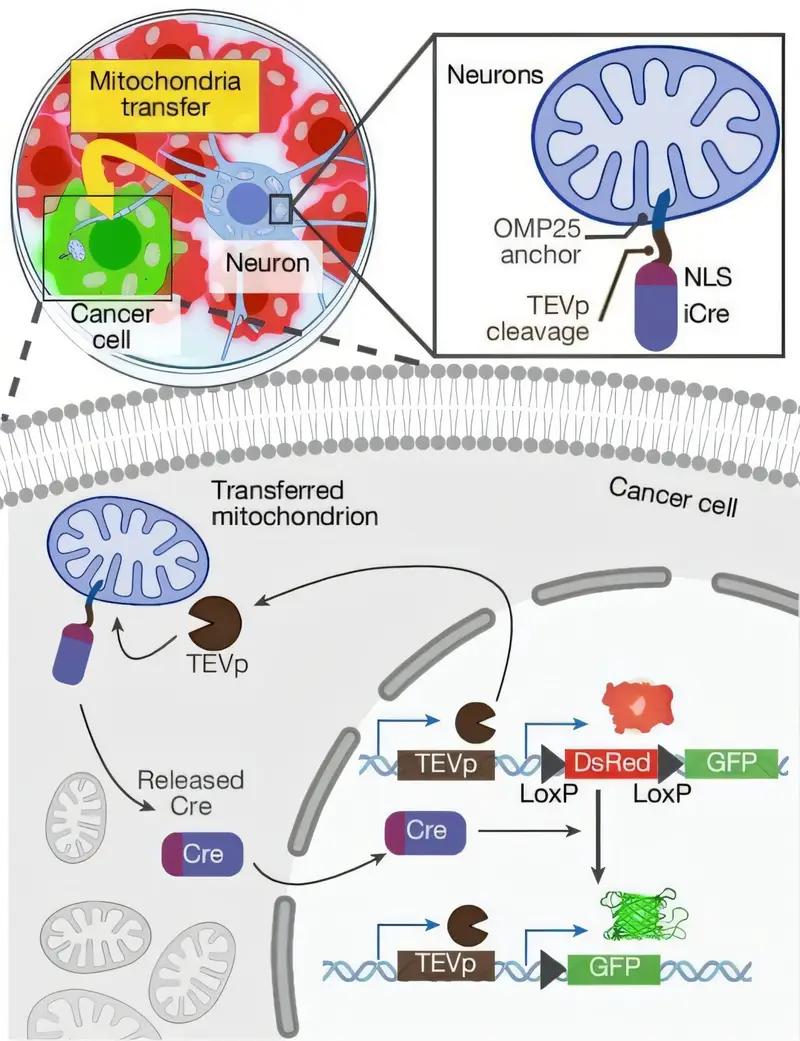The ability to decide if and when to have children is one of the most transformative powers modern medicine has given us. For most of human history, the timing of pregnancy was largely left to chance, dictated by biology and circumstance rather than deliberate choice. The development of hormonal contraception changed that—quietly, profoundly, and irreversibly. It gave millions of women control over their reproductive lives, the freedom to pursue education, careers, and personal goals without the constant uncertainty of an unplanned pregnancy.
Yet for all its importance, hormonal contraception remains surrounded by myths, half-truths, and unanswered questions. People use birth control every day without fully understanding the remarkable orchestration of hormones and biology that makes it work. From the tiny hormone-releasing device inside the uterus to the daily pill swallowed at breakfast to the discreet skin patch, these methods do not merely “block” pregnancy—they harmonize with, override, or adjust the body’s natural cycles in precise ways.
To understand hormonal contraception is to understand something deeper about the human body: how the brain, ovaries, and uterus communicate in a delicate monthly dance, and how modern medicine can alter that choreography with purpose.
The Cycle Nature Designed
Before diving into the mechanics of IUDs, pills, and patches, it’s worth stepping back to see what hormonal contraception is actually working against—or with.
The menstrual cycle is not simply about bleeding once a month; it is a sophisticated hormonal sequence orchestrated by the hypothalamus and pituitary gland in the brain, the ovaries, and the uterus. Each month, the hypothalamus sends out tiny pulses of gonadotropin-releasing hormone (GnRH), telling the pituitary gland to release follicle-stimulating hormone (FSH) and luteinizing hormone (LH).
FSH encourages a handful of follicles in the ovaries to begin maturing, each containing an immature egg. One follicle usually dominates, producing increasing amounts of estrogen. Rising estrogen thickens the uterine lining and, in a dramatic feedback loop, triggers a mid-cycle surge of LH. This surge is the green light for ovulation—the release of a mature egg into the fallopian tube.
If sperm is present and fertilization occurs, the developing embryo sends signals to maintain the uterine lining, and pregnancy begins. If fertilization does not occur, hormone levels drop, the uterine lining sheds, and the cycle begins anew.
Hormonal contraception works by cleverly intervening in this system at multiple points: preventing ovulation, making the uterus less welcoming, and creating physical and chemical barriers to sperm.
The Pill: A Daily Conversation with Your Hormones
When the first oral contraceptive pill was approved in 1960, it was nothing short of revolutionary. For the first time, a woman could take a small tablet each day and effectively decide whether pregnancy was even possible in that cycle.
The combined oral contraceptive pill contains synthetic versions of estrogen and progesterone—hormones your body naturally produces but here delivered in steady, controlled doses. By maintaining consistent levels of these hormones, the pill tells your brain, in effect, “We’re already pregnant.” The hypothalamus slows its GnRH pulses, the pituitary reduces FSH and LH production, and without that mid-cycle LH surge, ovulation simply doesn’t happen. No egg is released, and without an egg, pregnancy cannot occur.
But that’s not all. The progesterone in the pill also changes the quality of cervical mucus, making it thicker and more viscous. This is not a trivial change—it turns the cervix into a barrier that’s far harder for sperm to penetrate. The uterine lining is also affected, becoming thinner and less receptive to a fertilized egg.
This multi-layered defense means that even if one mechanism theoretically fails—say, an egg somehow is released—the other changes make fertilization and implantation far less likely.
The elegance of the pill lies in its subtlety. It does not forcibly shut down the reproductive system; rather, it quietly convinces the body to stand down its natural fertility signals. The result is over 99% effectiveness with perfect use—though typical use, with occasional missed pills, slightly lowers that number.
The Hormonal IUD: Long-Term Control from Within
If the pill is about daily maintenance, the hormonal intrauterine device (IUD) is about quiet persistence. Once placed inside the uterus—a process that takes only minutes in a clinic—it can prevent pregnancy for years without any action from the user.
The hormonal IUD is a small T-shaped device made of flexible plastic. It releases a steady, low dose of a synthetic form of progesterone (levonorgestrel) directly into the uterine environment. This localized delivery is part of what makes it unique. While some hormone does enter the bloodstream, the primary effects are concentrated where they matter most: the cervix and the uterus itself.
The hormone thickens cervical mucus, creating an almost impenetrable barrier to sperm. It also thins the endometrial lining, making it much harder for a fertilized egg to implant. In many women, it suppresses ovulation at least part of the time, though not as consistently as the pill.
What’s remarkable is the minimal systemic hormonal exposure. Because the hormone is released locally, side effects related to estrogen—such as blood clot risk—are significantly reduced. This makes hormonal IUDs an attractive option for people who cannot take estrogen-containing contraception.
Another quiet advantage: menstrual bleeding often becomes lighter, and for some, periods stop altogether. This isn’t harmful; it simply reflects the thinning of the uterine lining under constant progesterone influence. For women who have suffered heavy, painful periods, this can be life-changing.
The Patch: Steady Hormones through the Skin
The contraceptive patch is a more recent innovation, designed for people who prefer not to take a pill daily but still want the familiarity of combined hormonal contraception.
The patch contains both synthetic estrogen and progesterone, similar to the combined pill, but delivers them through the skin in a slow, steady release. Applied to clean, dry skin—often on the arm, buttock, back, or abdomen—it remains in place for a week at a time.
Its mechanism mirrors that of the pill: suppression of ovulation, thickening of cervical mucus, and thinning of the uterine lining. But because hormones enter the bloodstream directly through the skin, they bypass the liver’s first-pass metabolism, which slightly changes hormone levels compared to oral delivery.
The convenience is obvious: remember to change it only once a week, and you maintain reliable contraceptive protection without daily attention. Still, it requires diligence—if a patch is forgotten or falls off for too long, hormone levels drop and ovulation could resume.
The Science of Effectiveness
Effectiveness in contraception is not just about biology; it’s about behavior. The hormonal IUD, once placed, has one of the lowest failure rates of any method—less than 1% per year—because there’s nothing to remember. The patch and pill are similarly effective with perfect use, but missed doses or delayed changes create opportunities for ovulation.
It’s important to note that while these methods are excellent at preventing pregnancy, they do nothing to protect against sexually transmitted infections. Pairing them with barrier methods like condoms remains the best approach for STI prevention.
Beyond Contraception: Hidden Benefits
Hormonal contraception’s influence extends far beyond pregnancy prevention. The steady hormone levels can regulate irregular cycles, reduce menstrual cramps, treat acne, and in some cases reduce the risk of certain reproductive cancers. For people with endometriosis or polycystic ovary syndrome (PCOS), hormonal methods can be part of a broader treatment plan, easing symptoms and improving quality of life.
This dual role—as both a reproductive choice and a tool for managing health—makes hormonal contraception one of the most versatile interventions in modern gynecology.
Myths, Misconceptions, and Real Risks
Despite decades of safe, widespread use, hormonal contraception remains a lightning rod for misinformation. Some fear that it causes infertility—yet fertility typically returns within weeks to months after stopping, regardless of the method. Others believe it causes weight gain, though research shows this is not universally true and often linked to other factors.
That said, no medication is without risks. Combined estrogen-progesterone methods slightly increase the risk of blood clots, stroke, and heart attack, especially in smokers over 35. Progestin-only methods like the hormonal IUD have fewer vascular risks but can cause irregular bleeding or hormonal side effects in some users.
The key is informed choice—understanding how each method works, what benefits it offers, and what risks it carries, so the decision aligns with individual needs, health status, and lifestyle.
A Shared Responsibility
While hormonal contraception has largely been marketed toward and used by women, the responsibility for preventing pregnancy should not rest solely on one partner. Open, honest conversations between partners about contraception not only improve relationship trust but also make it more likely that the chosen method will be used consistently and correctly.
The future may hold more male contraceptive options, from hormonal gels to reversible sperm-blocking devices. But until then, the burden remains unevenly distributed—something public health advocates continue to address.
Looking Forward
Science is steadily refining hormonal contraception. New IUDs with even lower hormone doses, biodegradable devices that dissolve after years of use, and longer-lasting patches are in development. Non-hormonal methods targeting the biochemical steps of fertilization are also being explored, offering potential for contraception with no impact on natural hormone cycles.
The ultimate goal is simple: methods that are safe, effective, reversible, affordable, and compatible with diverse needs and bodies.
The Power of Understanding
At its core, hormonal contraception is a story about control—not just over reproduction, but over one’s own life trajectory. Whether in the form of a pill tucked into a purse, a small device resting quietly in the uterus, or a patch worn discreetly under clothing, these methods are silent partners in the daily lives of millions.
Understanding how they work is more than a matter of curiosity; it’s an act of empowerment. In a world where misinformation can spread faster than scientific facts, knowing the truth about how IUDs, pills, and patches operate is a way of reclaiming agency over health and body.
The hormones may be synthetic, but the freedom they offer is profoundly human.






